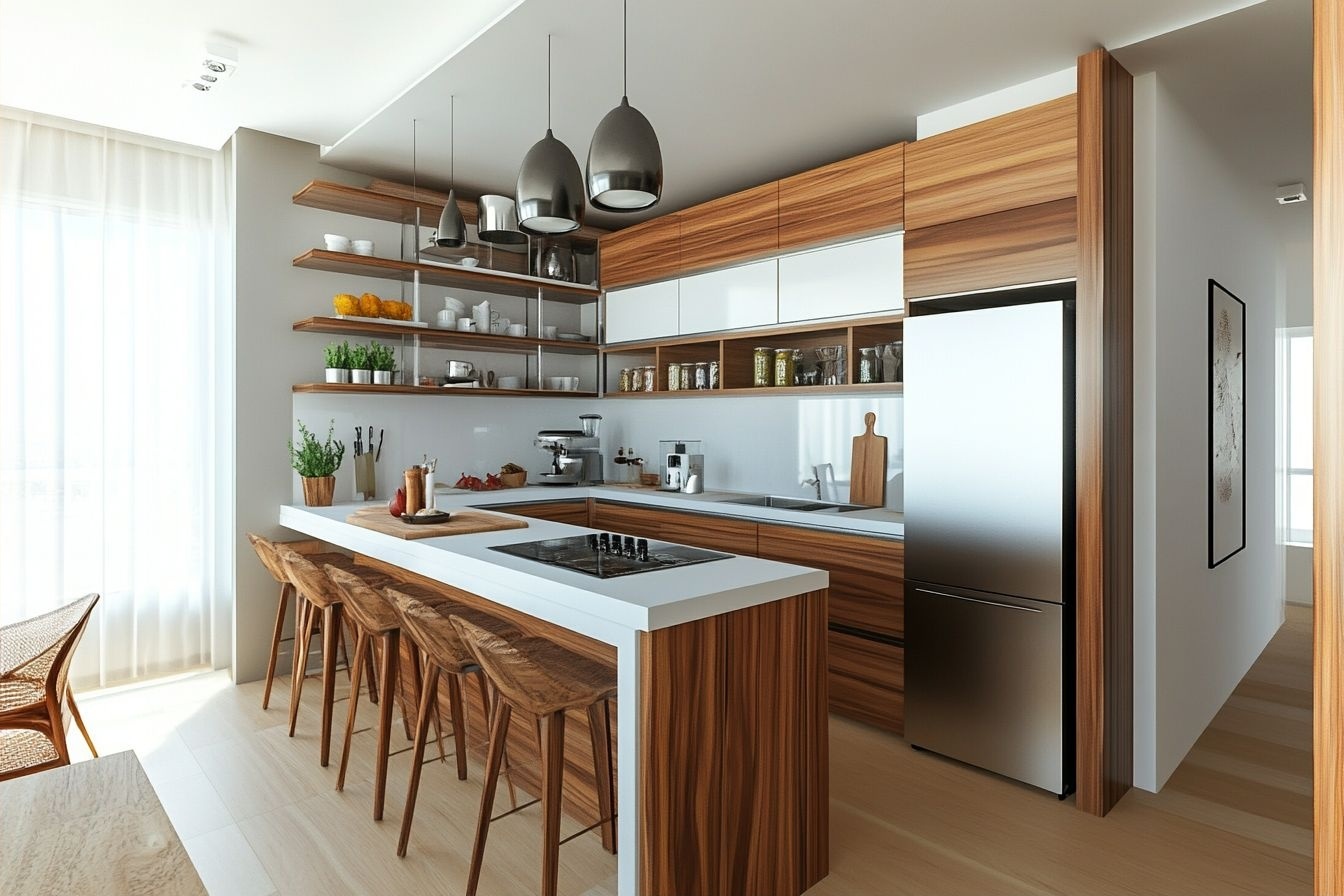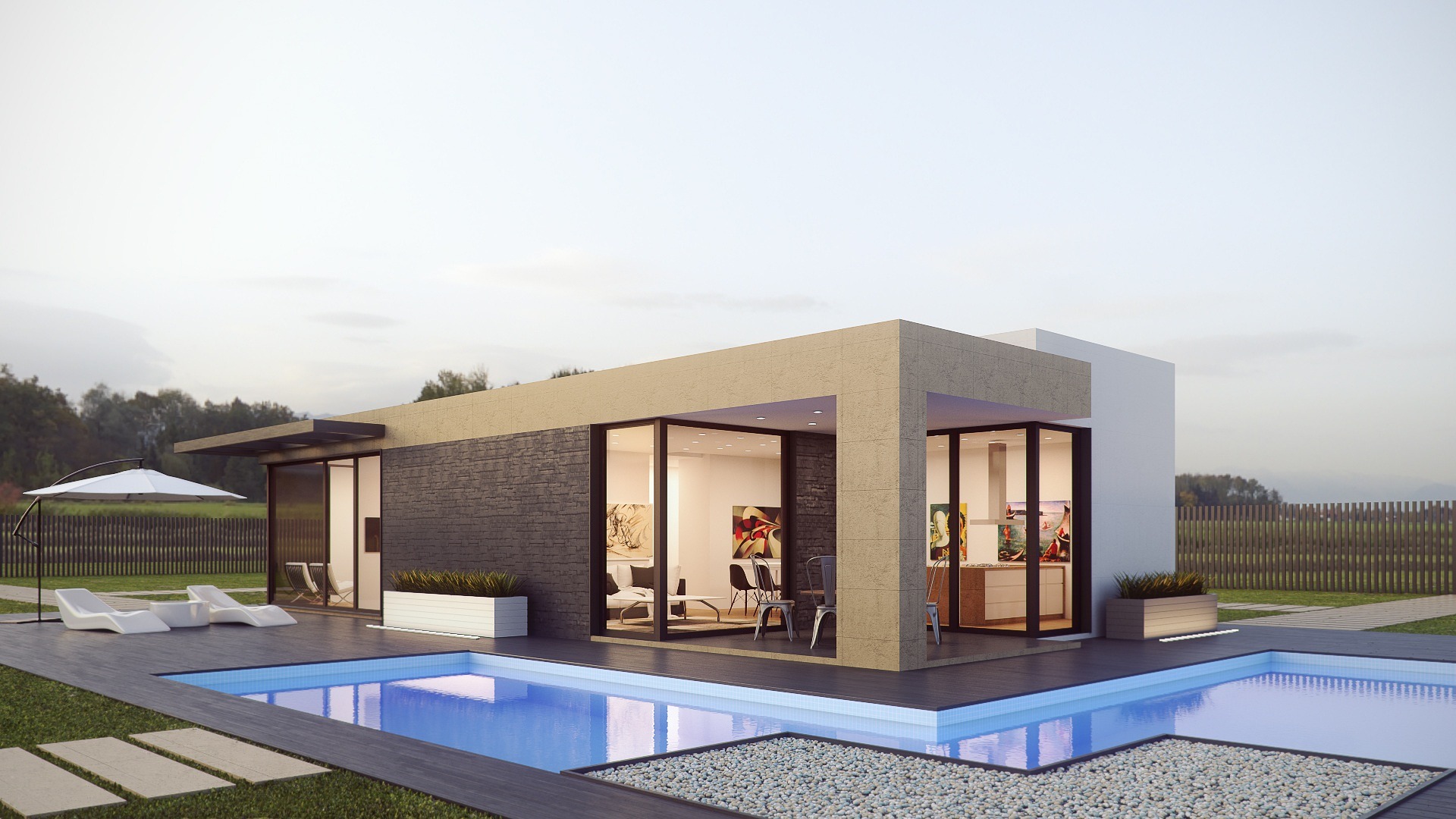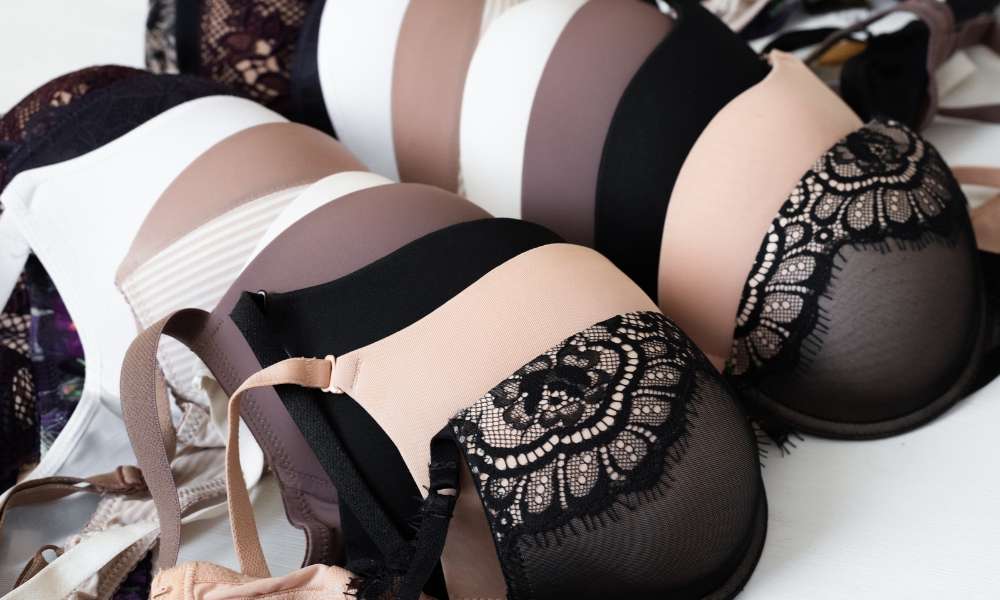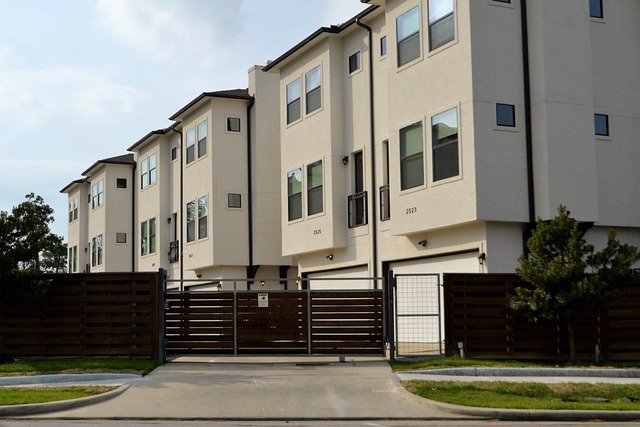Transform Your Kitchen: Modern Australian Design Trends
Kitchen remodeling has become increasingly popular across Australia as homeowners seek to create spaces that balance functionality with contemporary aesthetics. Today's kitchen renovations focus on sustainable materials, open-plan designs, and innovative storage solutions that reflect Australia's relaxed yet sophisticated lifestyle. Understanding current design trends can help you create a kitchen that enhances your home's value while meeting your family's daily needs.

What Makes Modern Australian Kitchen Design Minimalist and Sustainable?
Modern Australian kitchen trends embrace minimalist design principles that prioritise clean lines, uncluttered surfaces, and environmentally conscious materials. This approach reflects the Australian preference for laid-back living combined with contemporary sophistication. Sustainable design elements include recycled timber benchtops, energy-efficient appliances, and cabinetry made from responsibly sourced materials.
Water-saving fixtures and LED lighting systems reduce environmental impact while maintaining functionality. Many Australian homeowners are choosing locally manufactured products to support domestic industries and reduce transportation emissions. The minimalist aesthetic focuses on quality over quantity, with fewer but higher-quality fixtures and finishes that stand the test of time.
How Can You Embrace Natural Materials and Earthy Tones in Your Kitchen?
Natural materials and earthy tones create warmth and connection to Australia’s stunning landscapes. Stone benchtops in neutral greys and warm beiges complement timber elements beautifully. Popular choices include Australian hardwoods like blackbutt and spotted gum, which offer durability and distinctive grain patterns.
Earthy colour palettes featuring sage greens, terracotta, and warm whites create calming environments that feel both contemporary and timeless. Natural stone splashbacks using materials like travertine or sandstone add texture while maintaining the organic theme. These materials age gracefully and develop character over time, making them ideal for long-term kitchen investments.
Why Are Functional Open-Plan Back Kitchens Both Aesthetic and Practical?
Open-plan back kitchens, often called butler’s pantries or sculleries, provide dedicated prep areas while maintaining clean lines in the main kitchen space. These auxiliary spaces handle messy cooking tasks, storage of small appliances, and dish cleaning away from the primary entertaining area.
This design approach allows the main kitchen to remain clutter-free for socialising while providing serious cooking functionality behind the scenes. Back kitchens typically include additional sinks, storage for bulk items, and prep surfaces that don’t need to match the main kitchen’s aesthetic standards. The concept works particularly well in Australian homes where indoor-outdoor entertaining is common.
What Are Effective Ways to Maximise Space with Integrated Storage?
Integrated and concealed kitchen storage maximises functionality without compromising design aesthetics. Floor-to-ceiling cabinetry utilises vertical space effectively, while pull-out drawers in base cabinets provide better access than traditional shelving. Corner carousel systems and magic corners eliminate dead space in corner cabinets.
Appliance garages hide small appliances behind sleek cabinet doors, maintaining clean bench lines. Integrated bins and recycling systems keep waste management discrete. Drawer dividers and internal organising systems ensure every centimetre serves a purpose. These solutions are particularly valuable in Australian homes where kitchen spaces often need to work harder due to our outdoor entertaining culture.
How Does Biophilic Kitchen Design Connect Your Home to Nature?
Biophilic kitchen design integrates natural elements to create psychological connections with the outdoors. This approach includes incorporating living plants, natural light maximisation, and materials that echo natural forms and textures. Herb gardens built into kitchen islands provide fresh ingredients while adding greenery.
Large windows and skylights connect interior spaces with outdoor environments, reflecting Australia’s emphasis on indoor-outdoor living. Natural ventilation systems reduce reliance on mechanical cooling while improving air quality. Water features or natural stone elements create sensory connections to nature, promoting wellbeing and reducing stress in the kitchen environment.
| Service Category | Provider Examples | Typical Cost Range (AUD) |
|---|---|---|
| Kitchen Design | Caesarstone Studios, Freedom Kitchens | $2,000 - $8,000 |
| Full Renovation | Local kitchen specialists | $25,000 - $60,000 |
| Custom Cabinetry | Artisan woodworkers | $15,000 - $40,000 |
| Benchtop Installation | Stone fabricators | $3,000 - $12,000 |
Prices, rates, or cost estimates mentioned in this article are based on the latest available information but may change over time. Independent research is advised before making financial decisions.
Modern Australian kitchen remodeling reflects our unique lifestyle preferences and environmental consciousness. By incorporating minimalist design principles, natural materials, and innovative storage solutions, you can create a kitchen that serves your family’s needs while adding significant value to your home. The key lies in balancing functionality with aesthetic appeal while maintaining connection to Australia’s natural environment through thoughtful material choices and design elements.




